
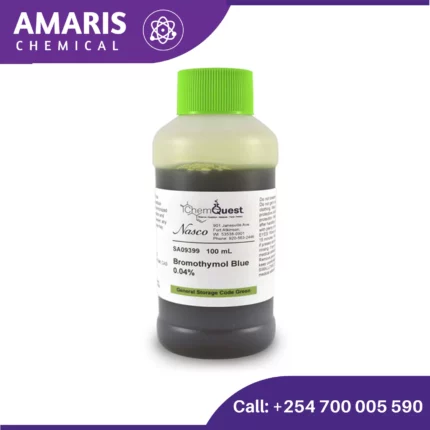
Bromothymol Blue 500gm
$505.00 Original price was: $505.00.$400.00Current price is: $400.00.
Bromothymol blue is a pH indicator dye that’s often used in science experiments and educational demonstrations. It’s typically green in neutral solutions, yellow in acidic solutions, and blue in alkaline solutions. It’s widely used in biology, chemistry, and environmental science to visually indicate pH changes in solutions.
Uses of Bromothymol Blue
pH Indicator:
One of the primary uses of bromothymol blue is as a pH indicator. It’s added to solutions to visually determine whether the solution is acidic, neutral, or alkaline based on the color change.
Titration:
In titration experiments, bromothymol blue can be added to the solution being titrated to visually indicate the endpoint of the reaction. For example, in acid-base titrations, the color change from blue to yellow (or vice versa) can signal when the solution has reached neutralization.
Quality Control:
Bromothymol blue is used in quality control processes to monitor pH levels in various products and solutions. For instance, it can be used in the food industry to check the acidity of beverages or in the pharmaceutical industry to ensure proper pH in medications.
Biological Applications:
In biological experiments, bromothymol blue is used to monitor pH changes in cell cultures, enzyme reactions, and other biochemical processes. It’s particularly useful in microbiology and molecular biology research.
Water Analysis:
Bromothymol blue is utilized in environmental science for water analysis. It can help determine the pH of water samples, which is crucial for assessing water quality and environmental health.
Education:
Bromothymol blue is a popular choice for educational purposes, such as classroom demonstrations and science fair projects. It’s used to teach students about pH and acid-base reactions in a hands-on manner.
Indicator for Gas Exchange:
In biology experiments investigating respiration or photosynthesis, bromothymol blue can indicate the presence of carbon dioxide by a color change. When carbon dioxide is dissolved in water, it forms carbonic acid, lowering the pH and causing bromothymol blue to change color.
Related products
Acetic Acid 2.5litre
Aluminum Hydroxide 250gm
Ammonia Acetate
Properties
- Chemical Formula: NH4C2H3O2
- Molecular Weight: 77.08 g/mol
- Appearance: White, crystalline solid
- Solubility: Highly soluble in water
- Melting Point: Decomposes upon heating


 Emollients
Emollients Humectants
Humectants UV Filters
UV Filters Surfactants (cosmetic)
Surfactants (cosmetic) Preservatives (cosmetic)
Preservatives (cosmetic) Fragrances and Essential Oils
Fragrances and Essential Oils Antioxidants (cosmetics)
Antioxidants (cosmetics)
 Solvents (lab)
Solvents (lab) Chromatography Chemicals
Chromatography Chemicals Microbiology and Cell Culture Reagents
Microbiology and Cell Culture Reagents Biochemical Reagents
Biochemical Reagents Inorganic and Organic Standards
Inorganic and Organic Standards Spectroscopy Reagents
Spectroscopy Reagents Molecular Biology Reagents
Molecular Biology Reagents
 Precious Metal Extraction Agents
Precious Metal Extraction Agents
 Plasticizers
Plasticizers Polymerization Initiators
Polymerization Initiators Stabilizers
Stabilizers Monomers
Monomers Fillers and Reinforcements
Fillers and Reinforcements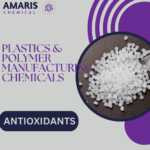 Antioxidants (plastics)
Antioxidants (plastics) Colorants (plastic pigments,Dyes)
Colorants (plastic pigments,Dyes)
 Fertilizers
Fertilizers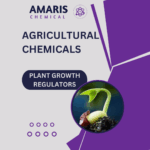 Plant Growth Regulators
Plant Growth Regulators Soil Conditioners
Soil Conditioners Animal Feed Additives
Animal Feed Additives Biostimulants
Biostimulants
 Dough Conditioners
Dough Conditioners Flour Treatments
Flour Treatments Fat Replacers
Fat Replacers Preservatives (baking)
Preservatives (baking)
 Surfactants (cleaning)
Surfactants (cleaning) Builders
Builders Bleaching Agents
Bleaching Agents Enzymes
Enzymes Solvents (cleaning)
Solvents (cleaning) Fragrances
Fragrances Disinfectant
Disinfectant Metal cleaning
Metal cleaning
 Binders/Resins
Binders/Resins Pigments
Pigments Solvents (paint)
Solvents (paint) Additives
Additives Driers
Driers Anti-Corrosion Agents
Anti-Corrosion Agents Specialty Coatings
Specialty Coatings Functional Coatings
Functional Coatings Application-Specific Coatings
Application-Specific Coatings
 Sealants and Adhesives
Sealants and Adhesives
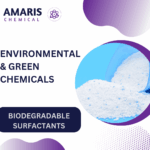 Biodegradable Surfactants
Biodegradable Surfactants Bio-based Solvents
Bio-based Solvents Renewable Polymers
Renewable Polymers Carbon Capture Chemicals
Carbon Capture Chemicals Wastewater Treatment Chemicals
Wastewater Treatment Chemicals
 Preservatives (food)
Preservatives (food) Flavor Enhancers
Flavor Enhancers Acidulants
Acidulants Sweeteners
Sweeteners Emulsifiers
Emulsifiers Antioxidants (food)
Antioxidants (food) Colorants (food)
Colorants (food) Nutrient Supplements
Nutrient Supplements Nutraceutical Ingredients
Nutraceutical Ingredients
 Fresh Herbs
Fresh Herbs Whole Spices
Whole Spices Ground Spices
Ground Spices Spice Blends
Spice Blends
 Surfactants(oil)
Surfactants(oil)
 Antibiotics
Antibiotics Active Pharmaceutical Ingredients
Active Pharmaceutical Ingredients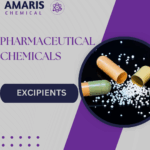 Excipients
Excipients Vaccine Adjuvants
Vaccine Adjuvants Nutraceutical Ingredients
Nutraceutical Ingredients Solvents (pharmaceutical)
Solvents (pharmaceutical)
 Automotive chemicals
Automotive chemicals Pyrotechnic Chemicals
Pyrotechnic Chemicals


 Vulcanizing Agents
Vulcanizing Agents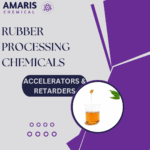 Accelerators & Retarders
Accelerators & Retarders Antidegradants
Antidegradants Reinforcing Agents
Reinforcing Agents Plasticizers & Softeners
Plasticizers & Softeners Fillers & Extenders
Fillers & Extenders Blowing Agents
Blowing Agents Adhesion Promoters
Adhesion Promoters

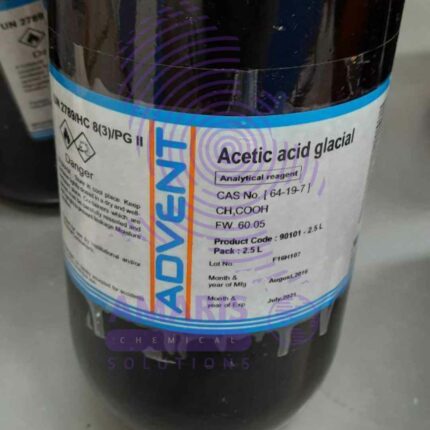


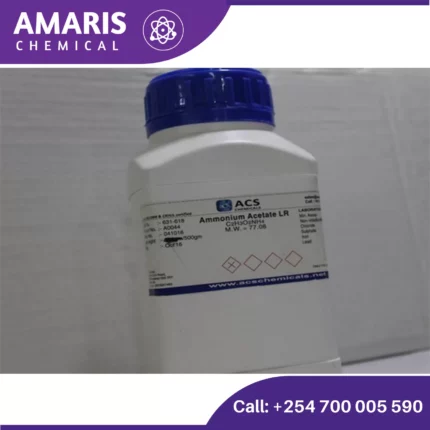



















Reviews
There are no reviews yet.